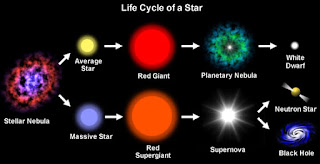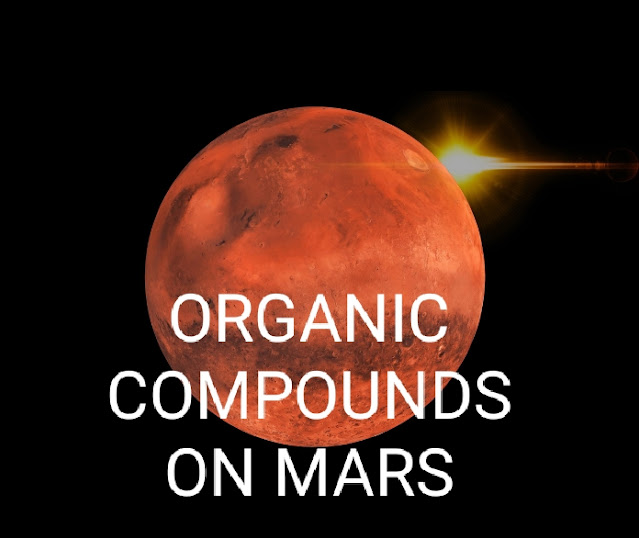LIFE ON TERRESTRIAL PLANETS— PART 2
VENUS
Background
With the exception of earth, Venus is the largest of the terrestrial planets, with a diameter of 95% of Earth's. It is similar to Earth in a number of ways, with the mass 80% of Earth's and slightly lower density. However, its orbit is significantly closer to the sun, with a mean radius of 0.72 AU (Astronomical Units). Furthermore, Venus' rotation is very slow, with the period of 243 days longer than the Venusian year of 225 days!. The slow rotation is probably the reason why Venus does not possess significant Global magnetic field.
Environment
Unlike Mercury, Venus has a thick atmosphere which accounts for the planets high albedo of 0.57. The first close-up study of Venus was undertaken by the Mariner 2 spacecraft, which revealed high surface temperature (in excess of 400°C), and very little water in the planet's atmosphere.
Most recent studies of Venus have revealed that the atmosphere is primarily comprised of carbon dioxide, with smaller amounts of Sulphur dioxide, sulfuric acid and hydrogen sulfide. As discussed in, the presence of these gases in Venus' atmosphere led to a runaway greenhouse effect, where incoming radiation from the Sun was trapped, causing the continual rise in the planet's temperature.
The source of Venus atmosphere was outgassing from volcanic activity, which accounts for the high levels of sulphur. The Magellan spacecraft, which orbited Venus in 1990 and measured the planets terrain, found evidence that this volcanic activity was still occurring in the planet's recent past (10 million years ago), and may be continuing today.
Prospects Of Life
Like Mercury, the prospects for life on Venus appeared to be poor. There is very little water on the planet since most of it has been lost through photo dissociation. What water does remain has no chance of being liquid on the surface, since the temperatures there are far too high.
However, recent evidence has caused some scientists to rethink their views on the life on Venus. The presence of Sulphur dioxide and hydrogen sulphide together in the atmosphere is puzzling, since these gases quickly react with one another and are destroyed. Although volcanic activity can replenish the gases and the fact that their concentrations are highest for above ground level (around 50km or 31mi) suggests something else might be going on. Interestingly, at around 50km above the Venusian surface the temperature ranges between 30°C and 80°C allowing water to condense into droplets. Furthermore, the pressure is similar to Earth's sea level pressure. It is conceivable that acidophiles may exist in these droplets accounting for the unusual concentrations of Sulphur dioxide and hydrogen sulphide.
Support for the existence of such life forms comes from ultraviolet images of Venus, which show dark patches and bands. If living organisms in the Venusian clouds were synthesizing food using a form of anoxygenic photosynthesis they would absorb UV radiation and lead to the dark patches observed.
To resolve whether there is indeed life on Venus, further missions to the planet are needed. As part of its trip to mercury, a fly-by of Venus is scheduled for the MESSENGER mission.
So, we concluded that there is little possibility of existing life near the surface of Venus, the altitudes about 50 km (31mi) above the surface have a mild temperature, and hence there are still some opinions in favor of such a possibility in the atmosphere of Venus.
Learn effects of EXERCISES on our body, tap here: Exercise
Apple Watch Series 6: Apple












👍great
ReplyDelete